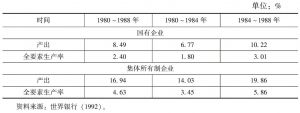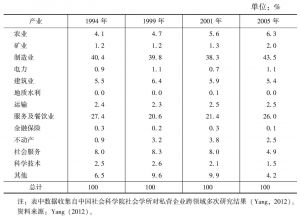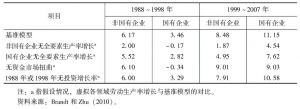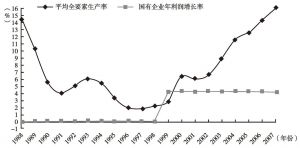章节
国家控制、企业及资源配置
关键词
作者
宋立刚 ,澳大利亚国立大学克劳福德(Crawford)公共政策学院教授,博士生导师,中国人民大学经济学院讲座教授。
检索正文关键字
章节目录
- 一 引言
-
二 经济转型、国家控制资源和企业
- (一)企业性质和类型
- (二)市场转型和企业演变
- (三)企业类型的决定因素
- (四)政府控制资源和转型中的企业发展
- 三 政府控制资源和改革初期(1978~1992年)的私营企业
-
四 国家控制资源和私营企业全面市场改革阶段:1993年至今
- (一)日新月异的体制环境和私营企业的市场机遇
- (二)基于市场的资源控制和私营企业的演变
- (三)国有企业改制和私营企业壮大
- (四)产业战略和不均匀的国有企业和非国有企业分布
- (五)受控制的金融体系和私营企业获取资本的途径
- (六)国家主导土地市场的发展和私营企业的准入
- (七)市场改革期间政府控制资源的优点
- (八)资源控制的不利影响是什么?什么时候会恶化?
- 1.扭曲的投资模式
- 2.资源获取、寻租活动及非生产性企业
- (九)国有企业和非国有企业的财务绩效
- (十)资源控制变化和生产效率
- 五 结论
相关文献
查看更多>>>








